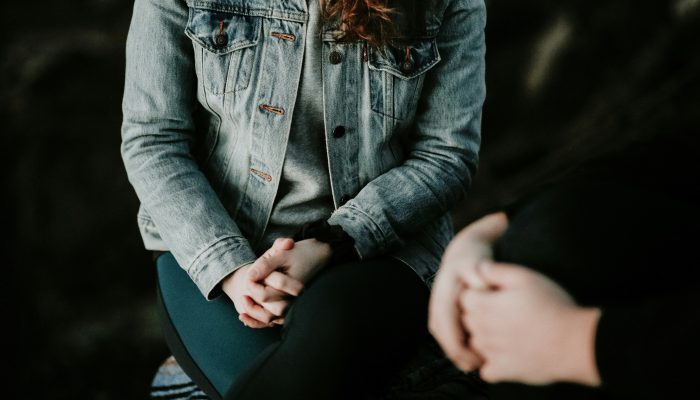Data from the South Dakota Unified Judicial System (UJS) released during a Drug Court Advisory Council meeting on Oct. 14, 2025, highlights the success of the state’s treatment courts since their beginning in 2008: 73% of all participants in treatments courts did not commit another felony offense within five years following their involvement in the program–breaking the cycle of addiction and incarceration for thousands of participants since the courts’ inception.
Treatment courts are one of the most effective interventions for helping individuals with substance use and mental health disorders transition from the criminal justice system into lives of recovery, stability and contribution. In South Dakota, these courts—collectively known as treatment courts—include drug court, DUI court, veterans court and mental health court. A total of 2,970 individuals have participated in the programs as of June 30, 2025. Most participants have already been convicted of multiple felonies by the time they are sentenced into treatment court.
Recidivism is a return to criminal activity after a participant enters a criminal justice program and is a key measure used to assess the program’s effectiveness. The UJS tracks convictions both within three years and five years after an offender has been sentenced to treatment court. The overall recidivism rate considers any felony conviction (Felony Class 1-6 and Felony Class A-C) against persons, property and society.
South Dakota strives to follow national best practice treatment court standards in its programming. A 27% treatment court recidivism rate shows that the state’s treatment court programs are working.
“After graduation, our natural focus is on those who reoffend, but we often fail to appreciate and celebrate those we never see again,” said Supreme Court Chief Justice Steven R. Jensen. “Those we don’t see again are the success stories—they’re employed, paying taxes, living in stable homes, reunited with their families and contributing positively to their communities. The transformation in the lives of these individuals is truly remarkable. It’s a powerful reminder that treatment courts truly make a difference in public safety and in people’s lives across South Dakota.”
Within treatment courts, a collaborative team works together to guide participants toward success. Treatment providers develop personalized, evidence-based plans to address each participant’s unique needs, while probation officers offer consistent community supervision. Judges, law enforcement, defense attorneys, prosecutors and other team members combine their expertise to ensure accountability, provide structure and deliver ongoing support. Through regular evaluations, status hearings and substance use screenings, the team provides accountability, fostering an environment where participants can achieve lasting change.
You can read the full article at KXLG.

